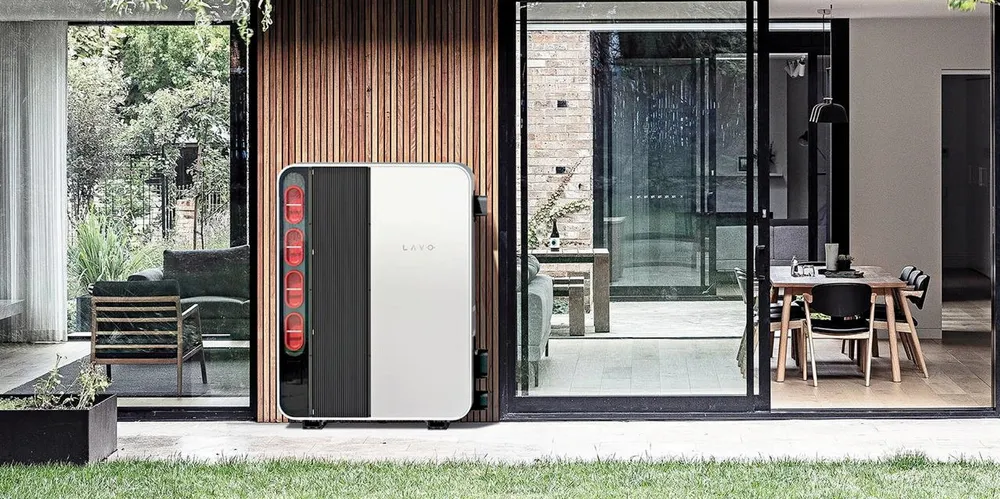Hydrogen battery start-up says it has $700m order backlog for utility-scale renewables projects
Australia’s Lavo has yet to build a factory for its systems, which store H2 in a patented solid metal hydride

Australia’s Lavo has yet to build a factory for its systems, which store H2 in a patented solid metal hydride
